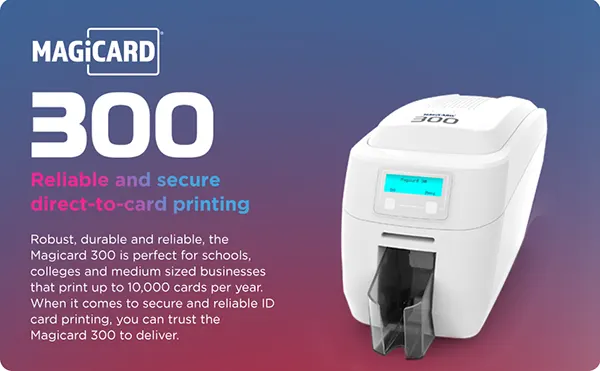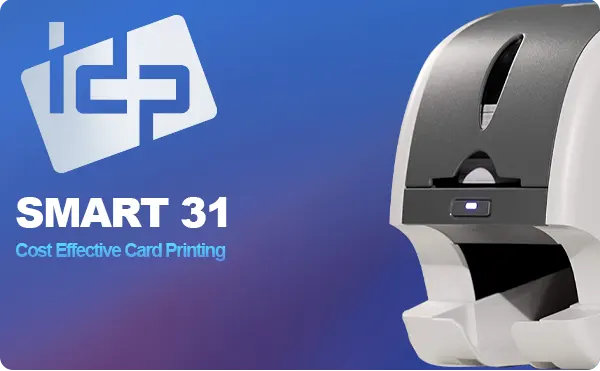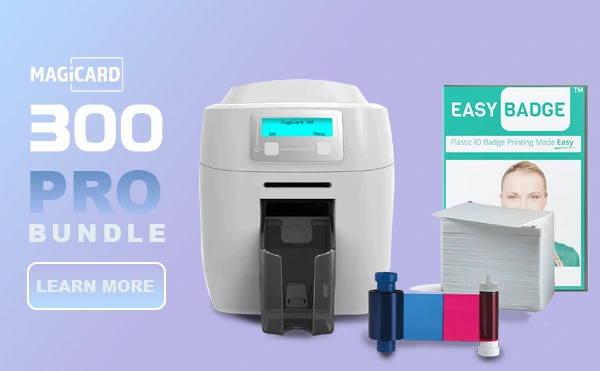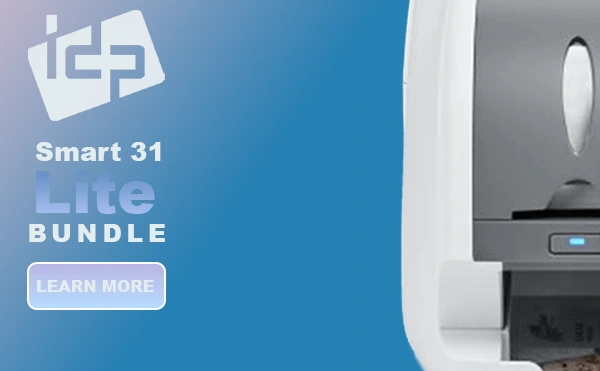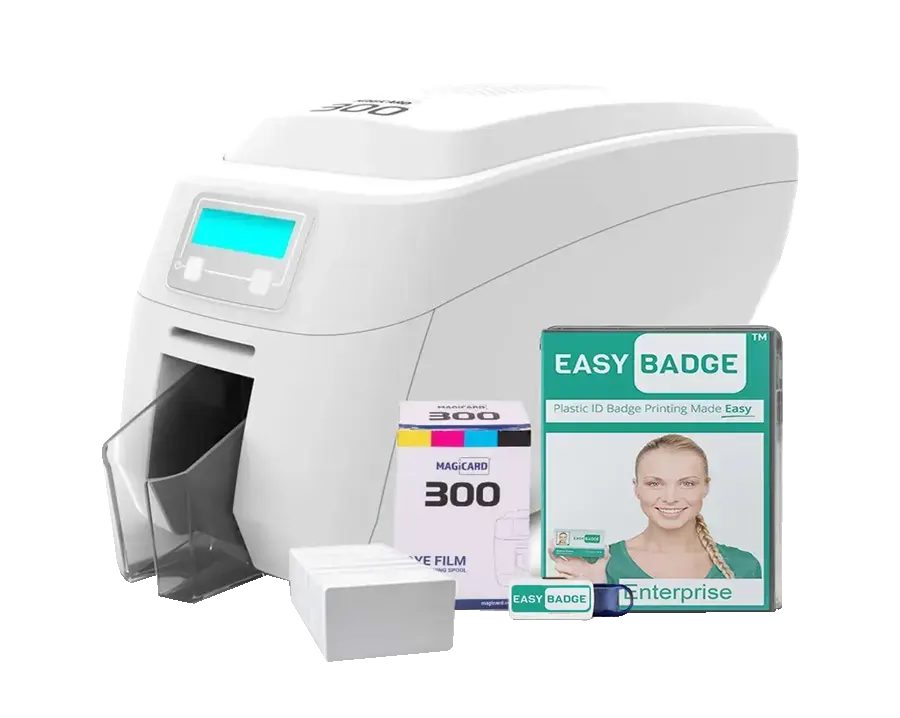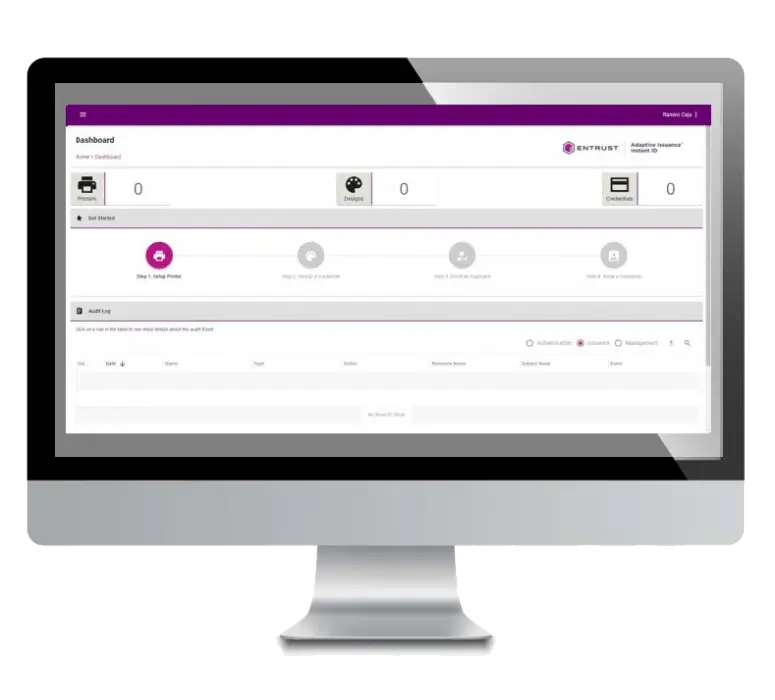Uncategorized
The Future Of Access Control Cards
Access control systems are ubiquitous. Most people interact with an access control system on some level every day. Whether it’s for work, travel or leisure, access control cards are a huge part of modern life.
But how far can access control cards take us, is the technology becoming obsolete in favour of more advanced solutions such as biometrics? In a word, no. At least, not anytime soon.
Let’s reflect on the history of access control cards and how we think the future will pan out.
The History of Access Control Cards
The first iteration of an access control system was the keypad/pind method. A user would enter a pin in the system and the system would grant or restrict access based on the user input. Of course, this came with a fundamental flaw: if somebody was to gain access to your pin the whole system would be compromised and thus, useless.
The second era of access control introduced cards and readers. These cards would have a number assigned to each specific person which would correspond to a database which allows access whenever the card was swiped. These systems solved the pin issue by requiring the user to swipe their card every-time they needed access. These cards got more advanced over time graduating from a magnetic swipe card to contactless multi-function smart cards.
But, has the contactless card reached its peak? Will it fall behind in a progressive world or will the humble card tenaciously hold on to remain a staple in our life’s. Biometrics companies will tell you the time of the card has passed but we think the card has life in it yet. Here’s a couple of reasons why:
Benefits of access control cards
Culture
For as long as most people can remember, cards have been used for banking, shopping, entertainment and travel. People associated their cards with security, simplicity, and comfort. People are inherently slow to change and its very difficult to change a culture. For this reason, we foresee the use of cards for some time yet.
Widely Used
So many access controls systems are already implemented across the globe, it would take a great deal, of time, effort and cost to replace them with advanced biometrics systems. From schools to businesses and government agencies to public transports, the access card is so deeply entrenched in modern society it would take many years and millions of dollars to replace it.
Superflous
The hard facts are the majority of companies/applications just don’t need the added security – and expense – that comes with biometrics. Small to medium sized business and clubs just don’t have the budgets or needs for such advanced systems.
Card Security
Card security itself has now advanced to such an extent that they are more than adequate for even the most advanced security systems. One of the easiest and most effective solutions is to integrate 2-factor validation. For this process, the person who needs access must have two things: the access credential i.e the card, but they must also know something else, such as a PIN or passcode.
When it comes to smart cards, the MIFARE range from NXP is known as the gold standard of smart cards. MIFARE cards come in a range of families each suitable for a variety of applications. MIFARE offer some of the most secure cards in the industry employing features such as added encryption, transaction counters and hidden read/write keys.
Cards Work
Put simply, cards just work. They do their job and they do it extremely well. How many times a day does the average person use their credit or debit card and its very rare for one to fail before its expiry. Access control and smart cards have been in use for so long, the technology has been tuned to such a degree that their rate of failure is all but non-existent bar damage. Cards work for just about everything, loyalty clubs, gift programs, banking, ticketing and much more. The range of applications is just too high for cards to fade into obscurity.
The Bottom Line
There’s no doubt that some applications are in dire need of biometrics and advanced security protocols. Does this mean, however, that in the near future, we will all be tangled up in the web of fingerprinting, retina scanning and facial recognition? Probably not, there is just no infrastructure to support large-scale biometric adoption. It may happen at some point, but don’t write off your cards just yet. For more information on access control and proximity cards, click the link: Proximity Cards



